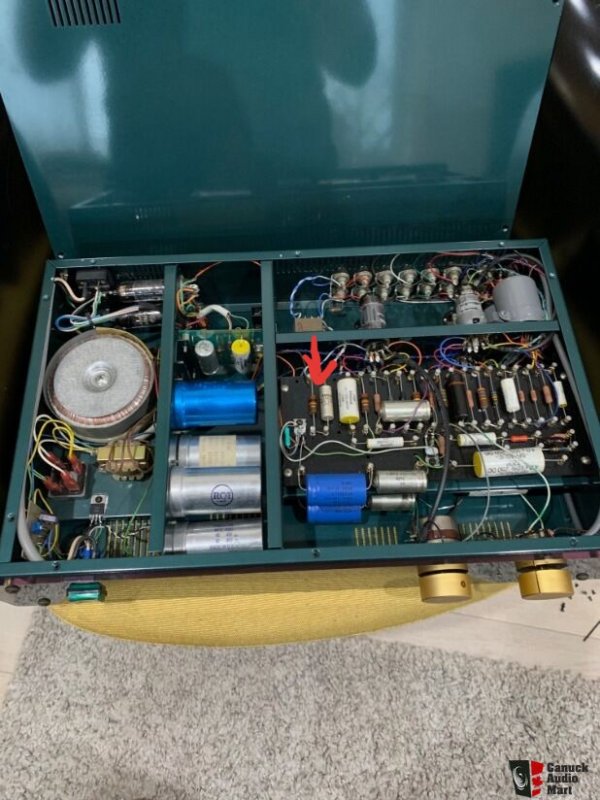If you have a recording you made where you were not playing, or if you have a recording of a live recording where you were there, that's what I'm talking about. I play bass; in the orchestra you can imagine my perspective of what an orchestra sounds like is pretty skewed from the perspective of the center in front of the orchestra!You had some comments above about staying true to the source recording. And you mention it again here. That's part of my head scratch. I too have played a lot of instruments. Listened to plenty live. I know what they sound like. So I have distortions that make it sound more natural and real. But they are distortions. So I am suppose to listen to something that has less distortion, but does not create playback I perceive as natural?
Are we talking about the argument of accurate vs musical?
You asked:
What I have a hard time getting my head around with SET is how much more real it sounds. Why is that. And why do I feel people think thats bad.
FWIW it is possible to be both accurate and musical at the same time. As you know there's lots of stuff that is more 'accurate' than an SET but isn't particularly musical. I put 'accurate' in quotes because the unmasked higher ordered harmonics that usually cause certain equipment to be less musical isn't a lot of distortion. On paper. To our ears though its a much bigger deal. So what the eye is seeing on paper doesn't agree with what we hear, which leads to the myth that we can hear things we can't measure.
We can measure the things we hear. Its just not easy or convenient. So its often not published.
If its not obvious by now, the thing that makes an amplifier sound the way it does is mostly how it makes distortion- that's the 'sonic signature'. The trick is keeping the distortion that the amplifier makes innocuous, which is something SETs do very well. But they are not the only amps ever made that can do that and some of those other amps are considerably more neutral without sacrificing musicality, since the distortion is kept innocuous.
You might want to read this:As mentioned here or in the flea-watt thread, we tried the 2.3 Watt Decware 25th Anniversary Zen Triode (and I'm really just mentioning the lowest-powered amp I own as an example) with a variety of speakers whose "nominal sensitivity" (note e.g. @christoph believes all speaker manufacturers are lying when it comes to sensitivity, and I'm starting to think he's right) range from 85-96dB - it didn't perform in order according to the respective sensitivity rating at all. I build (or used to) loudspeakers, and have always been under the impression that there are other factors that make loudspeakers more or less benign as a load to tube amplification (e.g. acute electrical phase angles/shifts), partly information no loudspeaker manufacturer or reviewer publishes (anymore - people don't know how to correlate measurements to sound quality anyways, despite their deplorable belief in numbers), so that sadly, there is no way of determining synergy without trying first-hand. Perhaps the closest one can get to an educated guess is when speakers are "know factors" (e.g. Infinity Kappa 9, just kidding…), i.e. someone whose ears you trust is using the same type of speakers with a flea watt SET, and even there I'd say it's far from a safe bet. And I do not mean to be negative about this at all: I've heard some surprising combinations one would be tempted to dismiss out of hand, so caveat emptor…
Greetings from Switzerland, David.
The voltage and power paradigms
Sensitivity is a voltage measurement; efficiency is a power measurement. This has a big effect when talking about tube amplifiers which cannot double power as the load impedance is cut in half!
















